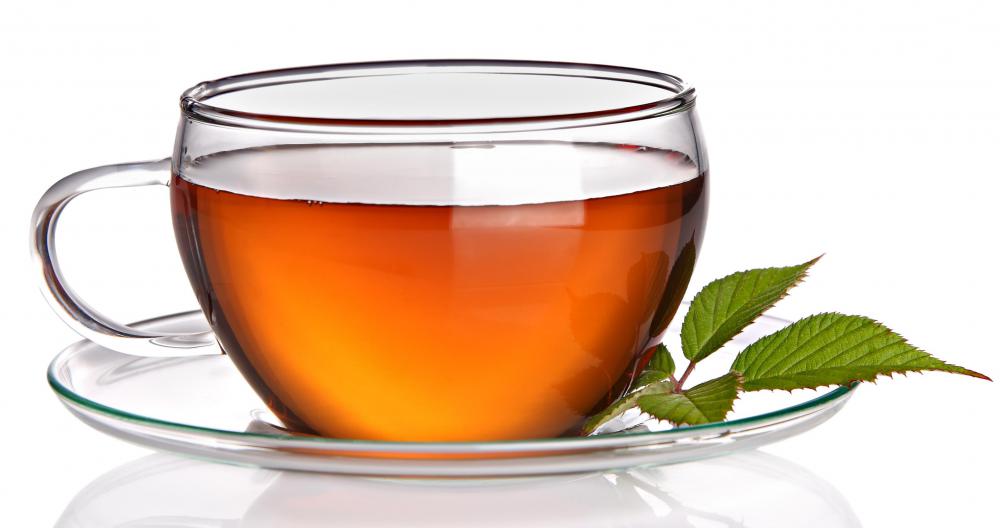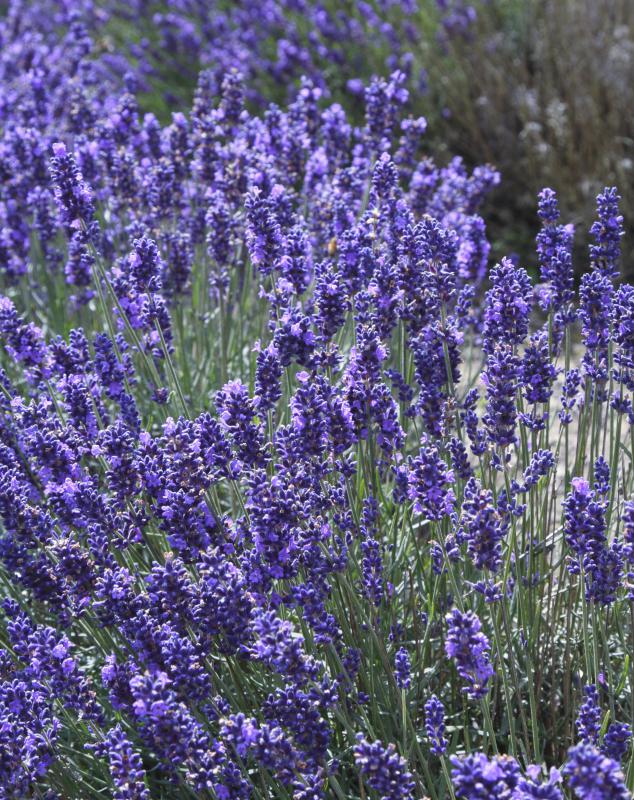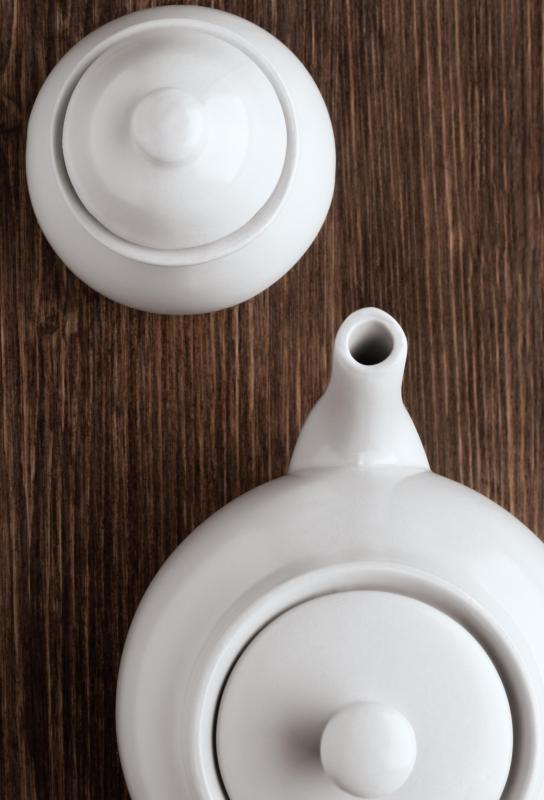At DelightedCooking, we're committed to delivering accurate, trustworthy information. Our expert-authored content is rigorously fact-checked and sourced from credible authorities. Discover how we uphold the highest standards in providing you with reliable knowledge.
What is Tea?
Tea is a beverage made by steeping the dried leaves, buds, and twigs of the Camellia sinensis plant in warm to hot water. Depending on how the plant material is handled, the flavor and color of the drink can vary widely, and many also include additional flavorings, which complicate the flavor even further. Some people also refer to beverages made with other plants as teas, although this is actually incorrect; unless the drink contains Camellia sinensis, it cannot be called by this name.
This plant has been cultivated in Southeast Asia for thousands of years, and it is a very important part of Asian culture and tradition. Myth has it that tea was first consumed around 2700 BCE by a legendary Chinese emperor, Shennong. When European explorers reached Asia, tea was one of the first things they brought back with them, setting off a passion for it that endures to this day.

Camellia sinensis prefers cool, rainy weather and medium to high elevations. Cultivators harvest only new buds and leaves during the picking season, and then dry and roast the tea. Depending on when they are dried, the leaves ferment to different levels, creating different flavors. Non-fermented leaves are used to make white tea, a very mild beverage, while green tea is more heavily fermented. Oolong and black tea are much more fermented, bringing out the sharp tannins in the leaves.

Once the tea has been roasted, it can be packaged for sale, or blended with other ingredients. All sorts of things are added to it, from orange peels to lavender. The tea is brewed by pouring water over the dried ingredients; the less fermented it is, the cooler the water needs to be, and the shorter the steeping time. Depending on the culture, the beverage may be consumed plain, or served with a variety of ingredients such as milk, cream, honey, sugar, or lemon.

Because tea is such a familiar beverage around the world, the term is sometimes used to refer to herbal tisanes such as rooibos, sometimes called “red tea,” and blends of flowers, roots, leaves, and stems from other plants. Technically, such beverages are tisanes or infusions, not teas. In addition to lacking Camellia sinensis, they are also handled very differently, and they have a markedly different flavor and chemical composition. Tea, for example, contains caffeine, while herbal infusions do not.
AS FEATURED ON:
AS FEATURED ON:




















Discussion Comments
@chrisinbama: I had many questions about green tea as well. I have heard that it was for weight loss. I saw where they even have green tea pills now. Here are some things that I have found out about green tea:
1.It’s used for treatment of multiple sclerosis.
2.It is used for cancer prevention and some treatment.
3.It is used to stop Alzheimer’s disease.
4.It is known to reduce the risk of heart disease and heart attacks by reducing the risk of thrombosis.
5.Drinking green tea inhibits the growth of some cancer cells, lowers the level of cholesterol in blood.
6.It is also used in the treatment of rheumatoid arthritis.
Thanks for the answers on the orange pekoe. I have one more question, though. What is the big deal about green tea? I see it everywhere I go. It's even on some restaurant menu's.
@chrisinbama: I was one of those people that used to think that orange pekoe tea meant that it had a nice orange flavor! I wanted to add that orange pekoe is a classification of black tea. To be classified as pekoe, tea must be purely composed of the new flushes only. The flush is the flower bud plucked with two youngest leaves.
Here’s a great fact: Orange pekoe tea can help and possibly reverse artery clogging. There was a test done by Dr. Joseph Vita, of the Boston University School of Medicine in which he had heart patients either drink plain water of four cups of black tea daily. In one month, impaired blood vessel functioning improved about 50% in those who drank black tea (orange pekoe).
@chrisinbama: Many people think that orange pekoe is a flavor of tea. However, it is a size. Tea is graded by its style and leaf size. “Pekoe” is from the Chinese word “Bai choe” which means white hair. It refers to the white downy hairs found on the bud leaves. “Orange” is kind of a mystery. One theory given is that the Chinese sometimes used orange blossoms to flavor their tea. It is unknown what the actual reason the word orange is used. It is not a flavor, though.
What is orange pekoe?
@oceanswimmer: All tea comes from the same plant (Camellia Sinensis). What makes different teas is the processing, geography, and growing conditions. It is divided into three categories: black, oolong, white, green, and puerh.
Black tea is withered which leads to oxidation. The water evaporates out of the leaf and the leaf absorbs more oxygen from the air. Black tea has characteristic dark brown and black leaves. It has a higher caffeine content as compared to other teas.
Green tea is only withered slightly. The oxidation is stopped quickly by rapidly heating the leaves. Due to that process, green tea brewed at low temperatures has less caffeine. Green tea produces more subtle flavors.
Oolong tea is partially oxidized. It has a more fragrant tone. It is often compared to the taste and aroma of flowers or fresh fruit.
White tea is considered the most delicate. It has a natural sweetness. It is hand processed using the youngest shoots of the plant and undergoes no oxidation.
Lastly, puerh is an aged black tea that comes from China. It is known for its medicinal properties. Until 1995, it was not allowed to be imported into the U.S. Its process of production is very guarded in China. It is strong and has a very rich flavor.
What are the different kinds of tea?
Post your comments